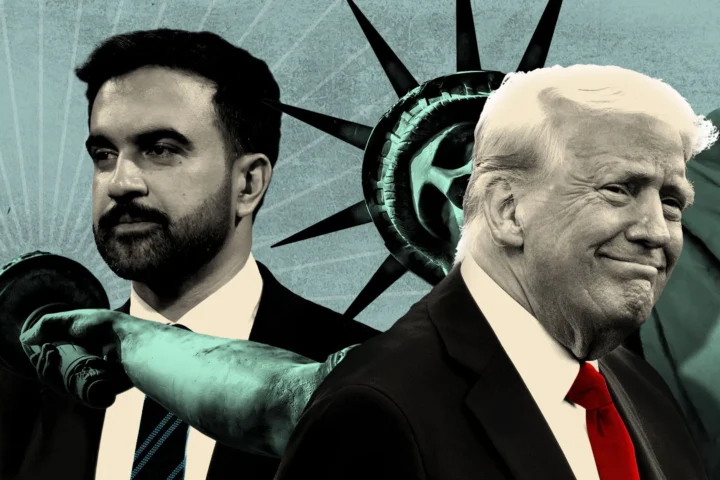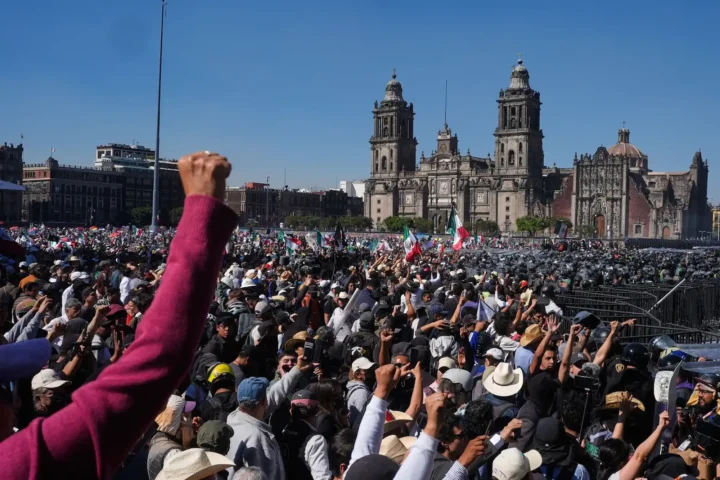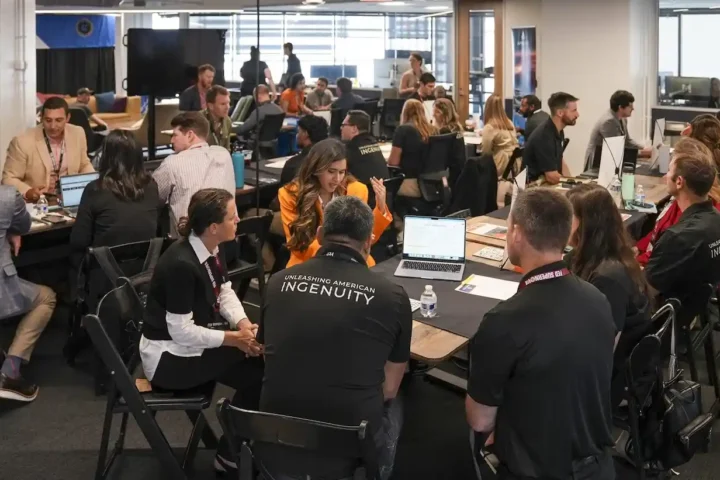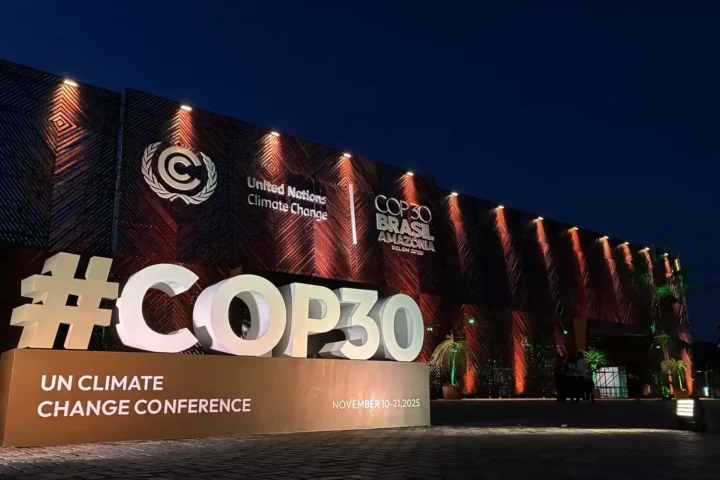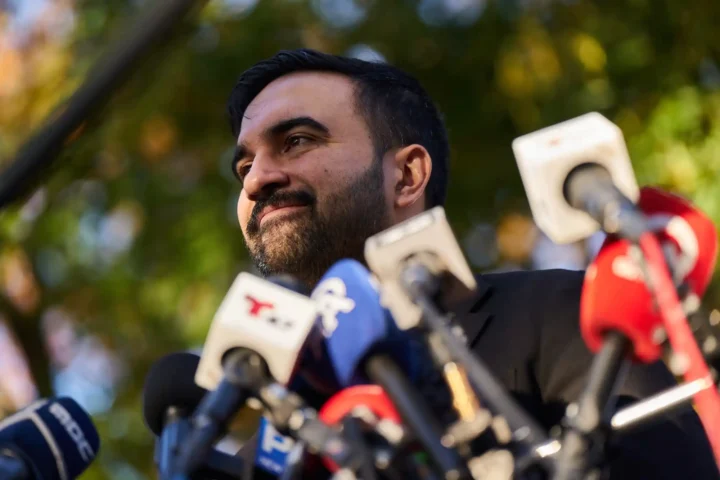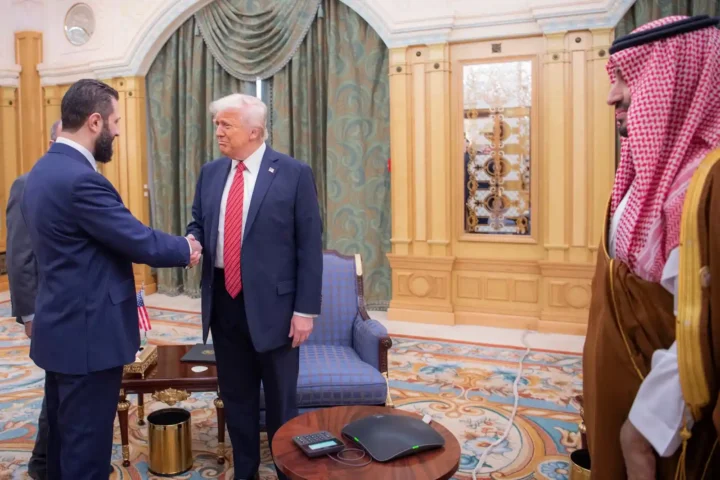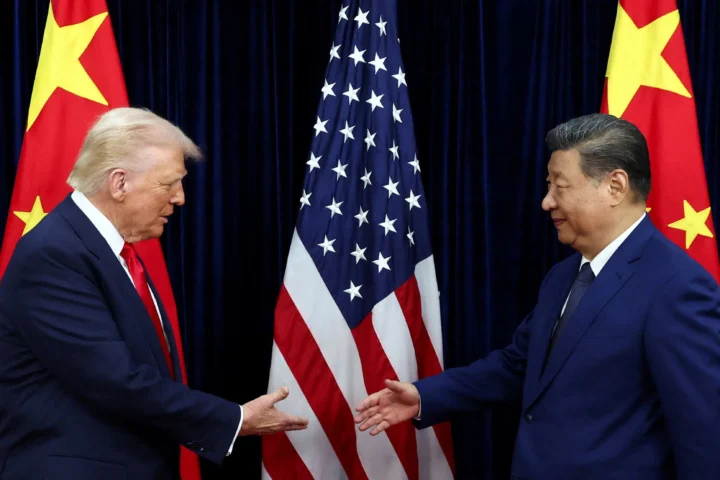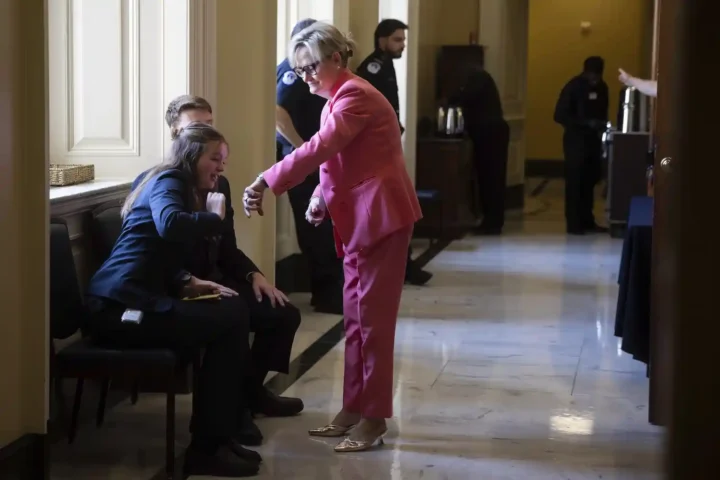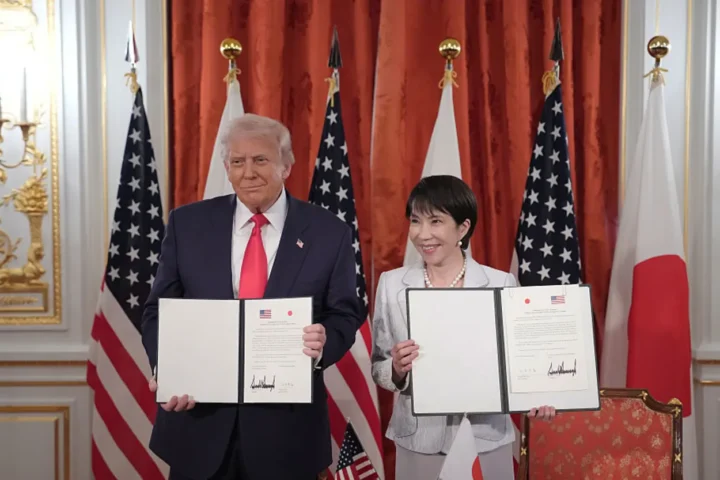Argentina stands on a financial precipice once again. Just as the first signs of recovery from hyperinflation seemed to appear, a sharp depreciation of the peso and capital flight in late 2025 have reignited fears of recession and broader financial contagion. The country’s libertarian President Javier Milei—swept into power on a promise to end decades of mismanagement—has taken reforms further and faster than any Argentine leader in decades, achieving a rare budget surplus and sharply reducing monthly inflation. Yet the pain from these changes is acute: unemployment has soared, millions have slipped below the poverty line, and daily life for ordinary Argentines is tougher than ever.
Now, with the U.S. openly considering a direct $20 billion bailout—the largest bilateral aid package in the region since the ’90s—debate is raging from Washington to Buenos Aires, and beyond: Should the United States underwrite Argentina’s gamble on radical reform? Or is this merely another risky bet on a nation with a history of broken promises and mismanaged rescues?
Argentina’s Dilemma
Argentina’s current troubles peaked after years of fiscal profligacy, recurrent monetary financing, and rigid capital controls that dried up investor confidence and productive capacity. The populist subsidies and deficit spending of previous governments left the country with an unsustainable debt burden, finally forcing a reckoning in 2024–2025.
Milei’s government upended the status quo by slashing state payrolls, removing subsidies, cutting welfare programs, and letting the peso float closer to market rates. These shock therapies swiftly reduced macro imbalances and brought inflation from 211% in 2023 to well under 45% by mid 2025. However, the cost to the public was severe: unemployment, poverty, and economic insecurity rose, sparking widespread protests and eroding support for Milei’s coalition.
A sudden crisis of confidence in September 2025—triggered by a renewed peso selloff and plummeting reserves—pushed Milei to seek help not just from the IMF, but directly from Washington. The appeal echoes Mexico’s 1995 crisis, but comes at a time when political tolerance for foreign bailouts in the U.S. is arguably at its lowest in decades.
The Case for a U.S. Bailout
Supporters of a new U.S.-backed rescue argue that this time, history need not repeat itself. The U.S. has a strategic interest in ensuring that Argentina—a G20 member, major commodity exporter, and bulwark in South America—remains politically stable and economically open. A failed Argentine reform, the argument goes, would embolden adversarial actors (such as China and Russia) to step in with their own financial support, undermining U.S. influence across the hemisphere.
Additionally, Milei’s free-market agenda—however imperfect its execution—aligns better with U.S. interests than past populist experiments. The administration’s progress on fiscal reform, market liberalization, and (eventually) deregulating capital flows warrants conditional support from Washington. Proponents note that this bailout, involving temporary currency swaps or bond purchases rather than grants, could be structured to minimize U.S. taxpayer exposure, emulating the Mexican precedent that ended in full repayment.
Financially, stabilizing Argentina could also have global spillover benefits. It could help calm emerging-market volatility, support U.S. exporters, and ensure the repayment of private sector creditors, including American banks and investment funds.
Arguments Against a Bailout
Detractors are many, and bipartisan. Critics argue that Argentina’s long history of default and broken reforms make it an unreliable recipient of further U.S. largesse. They warn that the plan could be perceived as a bailout for Wall Street investors—many of whom bet big on Milei—and for politically connected billionaires. Critics also point out that the U.S. domestic context—marked by spending cuts, farm loss, and a growing sentiment for economic nationalism—makes this rescue uniquely toxic.
American farmers argue that supporting Argentina, whose exports of soy and other crops compete with U.S. growers (and fill gaps left by Chinese restrictions), is economically self-defeating and politically untenable. Meanwhile, skeptics question whether the bailout would actually catalyze sustainable growth, or simply kick the can down the road for yet another cycle of crisis and reform.
There’s also the risk of moral hazard: if Argentina receives another major rescue while failing to enact deeper, longer-term structural change (labor, judiciary, energy pricing), future governments may be incentivized to revert to old habits, knowing Washington will always provide a backstop.
Strategic and Political Implications
The U.S. bailout debate has become entangled in domestic political rivalries. President Trump’s close relationship with Milei, whose style and ideology he openly admires, has drawn accusations of favoritism and “America First” hypocrisy. Some cite tactical benefits for both leaders, particularly with elections looming in both countries, but others warn of significant blowback if the plan fails or if Argentina backslides yet again. Congressional opposition is fierce, with both left and right questioning the wisdom of devoting billions abroad while domestic priorities suffer.
Bailout, But With Strings
Argentina’s crisis is real, and the U.S. does have tools to help. But a bailout must be pragmatic, conditional, and transparent—a genuine bridge to market stability, not a crutch to paper over persistent structural flaws. Aid should be tailored: a swap line for currency stability, but phased disbursement, robust oversight, and benchmarks for capital controls, fiscal discipline, and social protection programs.
Done right, such an intervention could become not just a lifeline for Argentina, but a blueprint for responsible international rescue—a rare win at the intersection of American interests and Latin American reform. Done wrong, it would risk reinforcing the region’s most destructive cycles and deepening skepticism about U.S. engagement worldwide.


